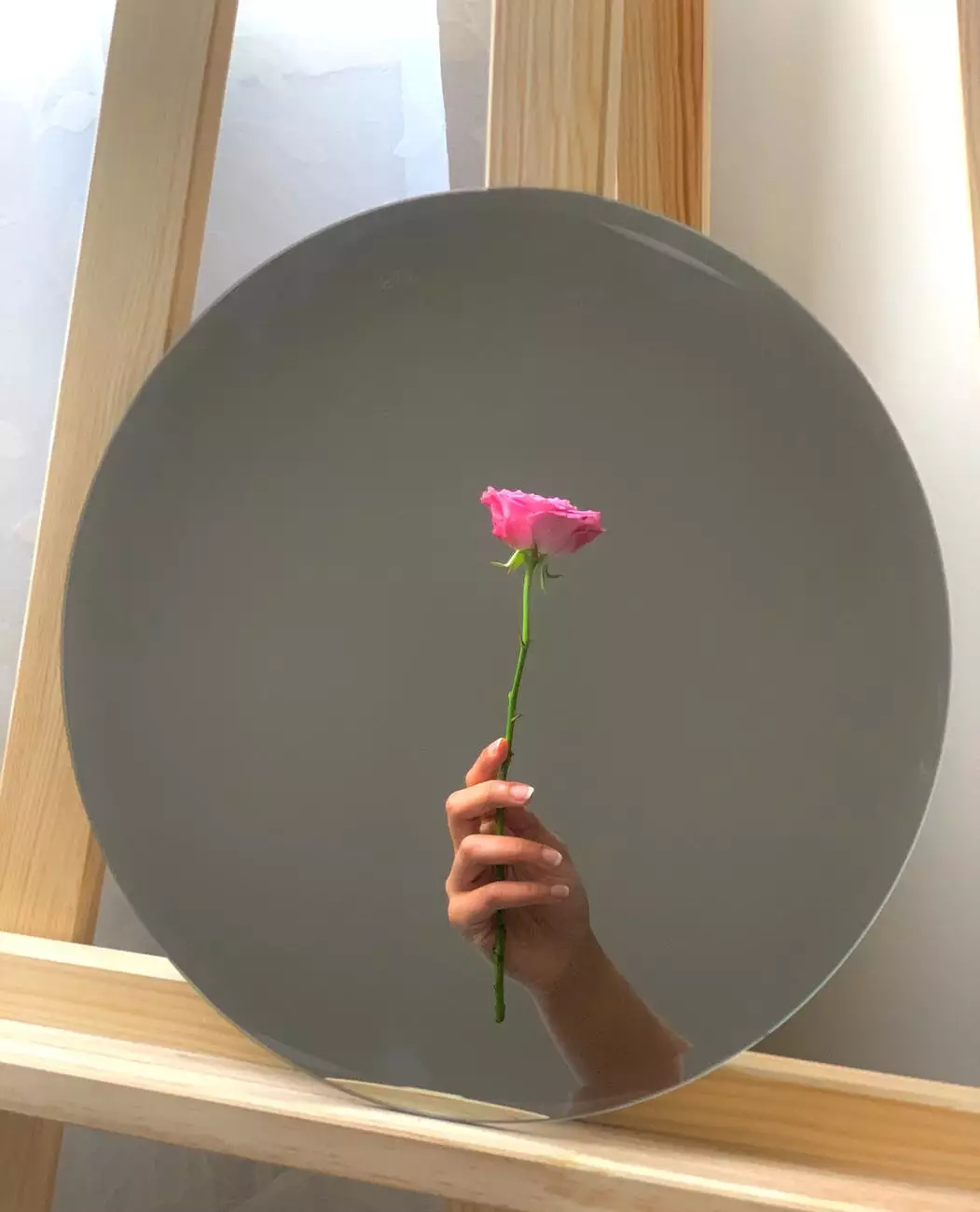What Does a Placenta Look Like?

The Importance of Understanding Placenta Appearance
As expectant parents, it is crucial to educate yourselves about various aspects of childbirth, including the appearance and function of the placenta. The placenta plays a vital role in the development and nourishment of the fetus, making it essential to understand its distinct characteristics.
What Is a Placenta? Understanding Its Purpose
The placenta is a temporary organ that develops during pregnancy and connects the developing fetus to the uterine wall. It serves as a lifeline, ensuring the exchange of nutrients and waste products between the mother and the baby. Examining the placenta can provide valuable insights into the health and well-being of both the mother and baby.
Physical Characteristics of the Placenta
A healthy placenta typically weighs around 1 to 1.5 pounds and measures approximately 6-8 inches in diameter. Its appearance may vary, but it generally has a disc-like shape, with a smooth side and a side that contains blood vessels. The umbilical cord, responsible for connecting the baby to the placenta, is often attached near the center.
Stages of Placental Development
The placenta goes through several stages of development during pregnancy. These stages are:
- Implantation: During the early weeks of pregnancy, the fertilized egg implants into the uterine wall, and the placenta begins to form.
- Early development: At this stage, the placenta starts to develop blood vessels and structures that will facilitate nutrient and oxygen exchange with the fetus.
- Growth: The placenta continues to grow in both size and complexity, ensuring an adequate supply of nutrients and oxygen to support the growing baby.
- Maturation: As the pregnancy progresses, the placenta reaches its full development, preparing for delivery.
- Delivery: After the baby is born, the placenta is expelled from the mother's body.
The Importance of Examining the Placenta
Examining the placenta after childbirth can provide valuable insights into the mother and baby's health. Healthcare professionals, such as doulas, midwives, and doctors, carefully examine the placenta to determine if any abnormalities or issues are present. These examinations can contribute to improved postpartum care and inform future pregnancies.
Services Offered by Home Postpartum Services
At Home Postpartum Services, we understand the significance of placenta examination and postpartum care. Our team of experienced professionals offers comprehensive services, including:
- Placenta Examination: Our experts conduct thorough placental examinations to evaluate its appearance, size, and overall condition, providing you with a detailed assessment.
- Postpartum Support: We offer personalized support and guidance during the postpartum period, ensuring you have the necessary resources and knowledge to navigate those early weeks with your newborn.
- Breastfeeding Assistance: Our lactation consultants are available to offer breastfeeding support, helping you establish a strong and successful breastfeeding relationship with your baby.
- Emotional Support: We prioritize your emotional well-being and are here to provide emotional support and resources to help you adjust to the demands of motherhood.
Conclusion
Understanding what a placenta looks like and its role in childbirth is essential for expectant parents. The placenta plays a critical role in ensuring the baby's development and acts as a window into the overall health of both mother and baby. At Home Postpartum Services, we offer comprehensive placenta examination services and postpartum care to support you during this transformative time in your life. Contact us today to learn more about our services and how we can assist you in your postpartum journey.




